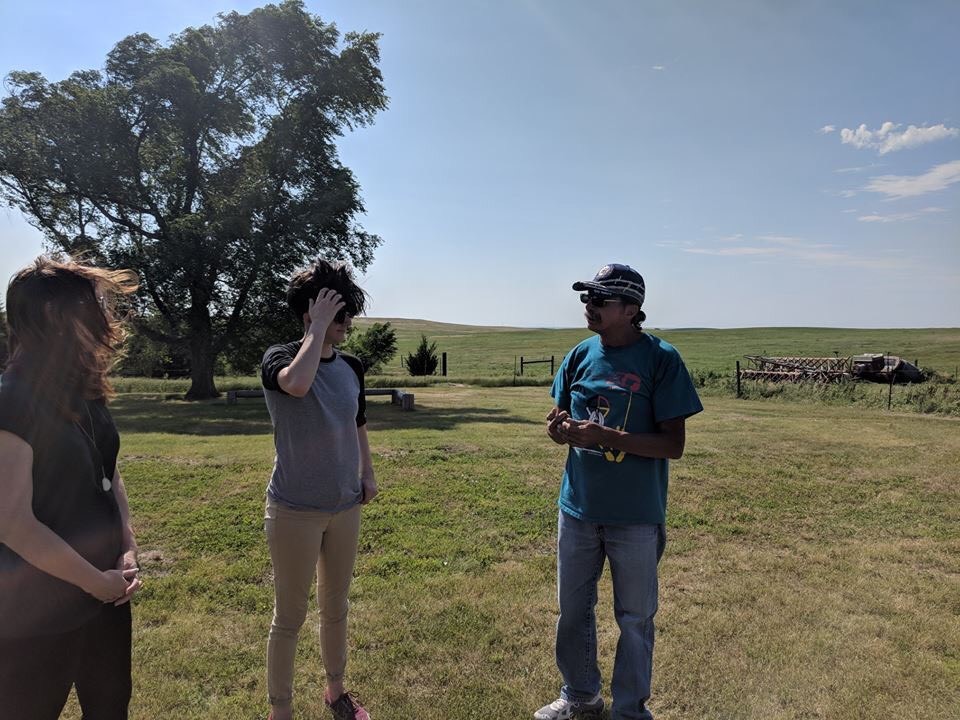Doing Research with Native Communities as a Non-Native Student Researcher
Hi, I'm Margeaux. I recently finished up my internship at Sanford Research in Sioux Falls as part of the Summer Undergraduate Research Experience (SURE). Over the summer, I had the opportunity to work in the Kenyon Lab on the College Social Support Study, a research project that examines factors in Native American (NA) College students' experiences and how these factors subsequently affect retention and persistence rates. Overall, this study hopes to promote change by identifying these factors and positively influencing university policy that affects Native students.

Because of the research I was involved in this summer, I had the chance to work directly with Native communities on several occasions. As a non-Native woman who has only recently begun to work with NA communities, I've found that it's extremely important to understand the nuances of engaging with these communities, especially as an outsider (i.e. someone who is non-Native, not an enrolled member of a tribe, and has not lived on a reservation).
When working with NA communities, it is important to familiarize yourself with the concept of historical trauma and understand its impact on Native communities. As a non-Native researcher, it is your job to educate yourself about the populations you want to work with. This also includes educating yourself on past research wrongdoings. By doing these things, you will be in a better position to show these communities that you are there to work collaboratively with them. By learning about the adversities specific to Native communities and their reasons for hesitance towards research conducted by outsiders, you can divert from harmful past practices and maintain an equitable relationship with the community.
When I worked with a tribal community in South Dakota as part of my internship, I always kept this in mind. I listened, watched, and learned from those who were part of the community. While recognizing the adversities that the community faced, I also had a wonderful time learning about Native culture and education. As a non-Native researcher, I think it is important to recognize that a research project shouldn't be one-sided and communities have valuable information to teach those working with them. Be grateful that those in the community are giving you their time and input.
Before I started this internship, I wasn't aware of the strong push being made by Native researchers to focus on strength-based results as opposed to deficit-based results. I learned that it's much more effective to look at the positives. Something else I try to keep in mind: When looking at the negatives, it's my responsibility as a researcher to work with my partners to see how these results can help initiate positive change in the future. Always work towards creating and maintaining an equitable environment for the research to occur within.
Because I am lucky enough to be able to pursue higher education, I want to use this opportunity to continue to work alongside Native communities. Near the beginning of this year, when I first began working with Native communities, I met some young students at a tribal school who were already dealing with adverse situations at home; similar situations that I had dealt with as a child as well. This is the primary reason why I want to work to be an agent of change within these communities.
This internship has offered me so many invaluable experiences, as well as igniting a passion for collaborative, applied research. I hope by sharing some of the experiences I had, non-Native readers looking to do work with Native populations can reflect on their own mindset when working with Native communities in the future.

By: Margeaux Gaiani | South Dakota State University | SURE Intern | Kenyon Lab